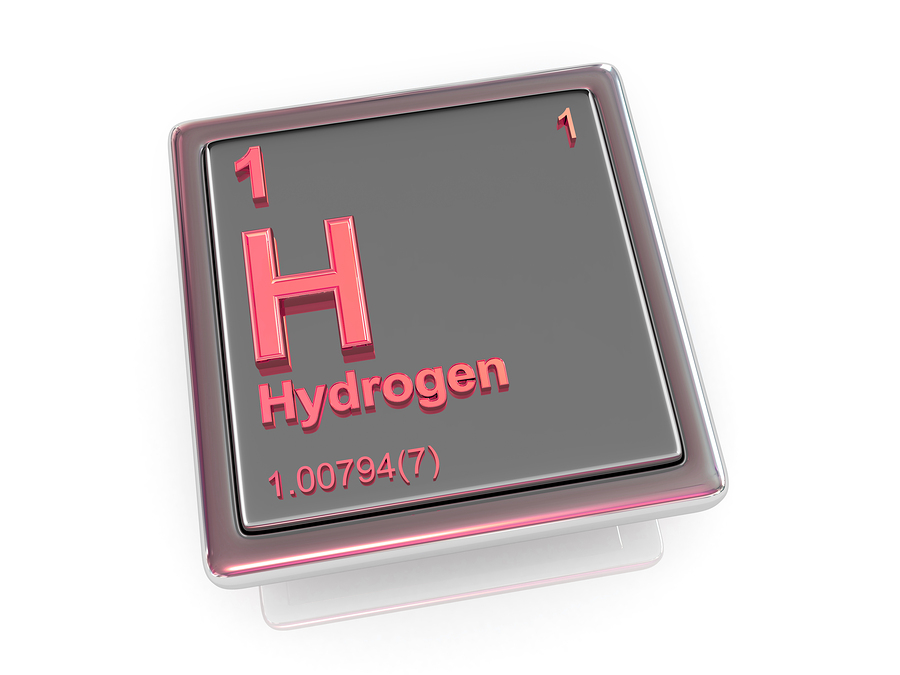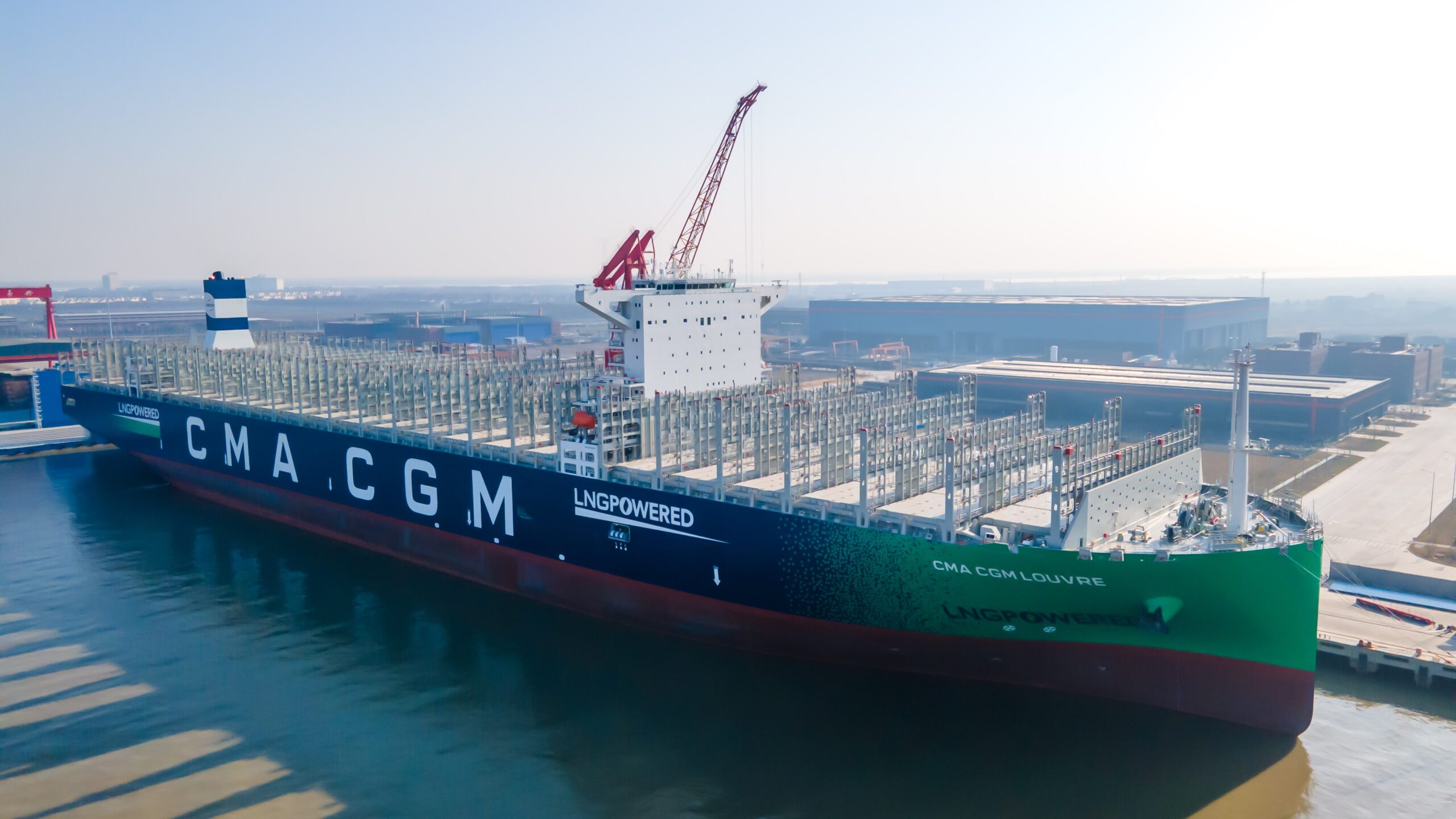The European Union and a growing number of member states are speeding up their hydrogen production plans, but is there enough for shipping, and are we ready for it if their is?
In its post-covid-19 recovery budget the European Commission is proposing a push on the hydrogen economy. The €1.85 trillion stimulation package, while targeting recovery from the economic impact that the coronavirus has inflicted on the bloc over the last few months, is aimed at also strengthening the goals of the Green Deal.
Speaking at the European Parliament last week when the package – labelled Next Generation EU – was revealed, Commission president Ursula von der Leyen said: “The effects of this crisis mean that we need to make investments on an unprecedented scale today. But we will do it in a way that Europe’s next generation will reap the benefits tomorrow. Investments that will not only preserve the outstanding achievements of the last 70 years, but that will ensure that our Union is climate neutral, digital, social, and a strong global player also in the future. To make this happen, Next Generation EU will direct its massive financial firepower to invest in our common priorities through European programmes”.
Within this plan is a strengthening of the hydrogen roadmap which means increased support in infrastructure, renewable energy projects and resources including mobility and transport. It aims to kick-start the clean hydrogen economy in Europe and backs cleaner transport and logistics, including the installation of one million charging points for electric vehicles and a boost for clean mobility.
In the digital sphere the package includes more investment into a stronger industrial and technical presence in strategic sectors including artificial intelligence, cybersecurity, supercomputing and cloud as well as building a real data economy as a motor for innovation and job creation.
In other documents the European Commission has highlighted the need for supporting offshore renewable energy and green hydrogen and the increased need for private investment in key sectors and technologies. To this the Commission will plan to strengthen its InvestEU programme to increase investment across the bloc.
National hydrogen society support
While the EU has shown its support in accelerating a green hydrogen economy it is certainly not alone. Germany, Spain and non-EU members UK and Norway have also revealed investment plans for building hydrogen production which will focus on green hydrogen.
Spain is currently in a period of consultation as it ponders its renewable hydrogen roadmap – a National Integrated Energy and Climate Plan from 2021 to 2030.
The Netherlands has its hydrogen strategy developed as it seeks a strong national position in the creation of green hydrogen, leaning on the position it already holds in the strategic flows of other gases such as natural gas.

In the UK a project to get up to 400 floating wind turbines with a capacity of 4GW has received £3.12m in government funding. The Dolphyn Project will see the development of an offshore electrolyser, for localised hydrogen production, and an initial 2MW facility. The initial prototype phase could be completed by 2023.
Hydrogen supporters club
Meanwhile 10 companies have formed a new initiative “Choose Renewable Hydrogen” to lobby Europe to prioritise renewables.
As well as urging the Union to focus on clean energy solutions as its recovery packages are enacted, the initiative aims to build on the growing interest in renewable electricity that can be delivered to electrolysis and hydrogen generation.
Renewable energy sources count for a considerable portion of the energy mix in Europe, but with only a small portion to date being diverted to generate clean hydrogen through electrolysis.
In a launch press release for the initiative WIndEUrope CEO Giles Dickson is quoted as saying that renewable energy technologies are ‘ready to form the backbone of the European Green Deal’ adding that they are already cost-competitive, scalable and can deliver sustainable hydrogen solutions to achieve the last mile of Europe’s decarbonisation.
“The upcoming “Energy system integration strategy” and “Clean hydrogen strategy” will be pivotal to enshrining the right decarbonisation pathways for Europe,” he said in the release. “They must build on the immense potential of renewable electricity, which will enhance sectoral integration, create millions of jobs and provide the sustainable hydrogen needed to modernise and decarbonise European industries.”
The “Choose Renewable Hydrogen” initiative currently includes 10 companies and associations: Akuo Energy, BayWa, EDP, Enel, Iberdrola, MHI Vestas, SolarPower Europe, Ørsted, Vestas and WindEurope.
The gap
The number and size of projects assessing hydrogen fuel for shipping is set to grow, as are those that look at the sue of ammonia as a fuel.
But producing hydrogen from renewable energy comes at a significantly higher cost thn how most of it is currently made – from steam reforming natural gas.
IN its 2018 report of the scale up of hydrogen the International Energy Agency said hydrogen production from natural gas costed between $1 and about $3.2 per kilogramme while from renewables it costs between $3 -$7.5 per kilogramme.
The other challenge is scale and market share. As regions and countries turn to hydrogen as a fundamental part of their national decarbonisation goals under the Paris Agreement, green hydrogen may be utilised on national utilities with high emissions rather than international shipping.
So it is no surprise that not everyone is convinced that shipping can easily switch to hydrogen, or ammonia, even with these state-wide developments and a push by parts of the financial markets to invest in clean shipping.
Talking to Fathom World about what he sees as a lack of flexibility in the recently announced climate bond initiative’s low carbon shipping criteria, SEA LNG chairman Peter Keller said that shipping will need LNG and the alternative fuels it can lead to during the coming decade or longer.
SEA LNG represents a range of companies with a vested interest in using LNG as a marine fuel. It penned an open letter a week ago when it saw that the Climate Bond Initiative said LNG carriers and VLCCs were to be excluded from draft criteria aimed at assisting corporate investors that sought to invest in green financial instruments.
While he is not against seeing decarbonisation as a goal, he considers it premature for the industry to put all its hopes onto hydrogen and ammonia.
“The whole future of future fuels and alternative friendly fuels going forward is not a simple singular topic and we feel at SEA LNG that to be prescriptive to a specific solution that hasn’t really been tested, is arguably ten years away, is just inappropriate,” he said.
”We continue to have, as an industry, issues with air quality, which is the reason IMO2020 was enacted, and certainly the whole issue of decarbonising shipping in the future. We have to remember that both these issues are still with us. We still have, especially at these days of the pandemic a lot of attention on world health and a lot of attention on decarbonisation.”

































